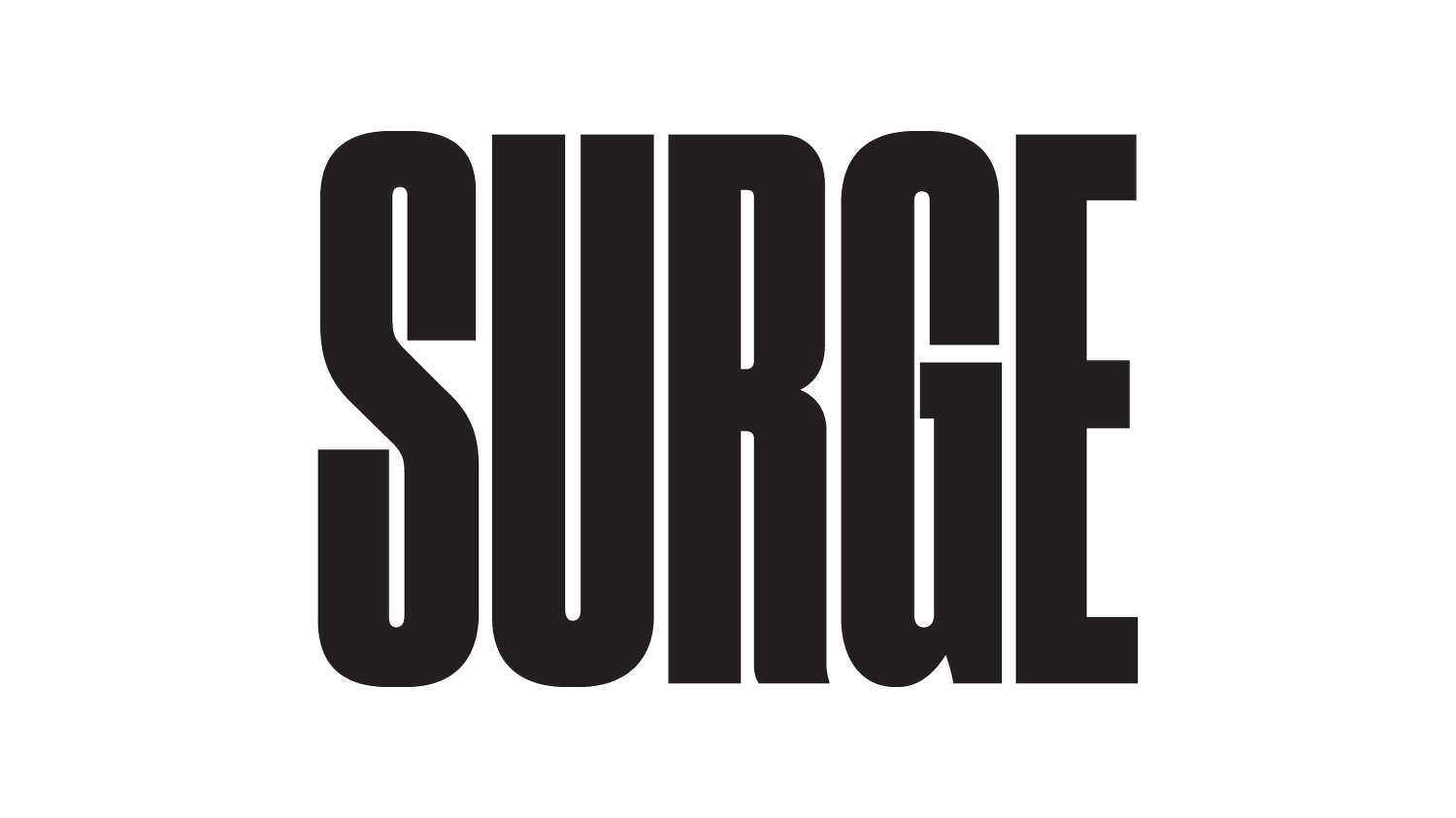Cruelty for clicks: "Torture by teasing" animal videos are racking up millions of views on social media
SPECIAL REPORT: Videos showing animals being tortured through teasing are racking up millions of views and likes on social media platforms, according to a new report by the Social Media Animal Cruelty Coalition (SMACC).
Whole channels are dedicated to this subgenre of online animal cruelty content. Baby macaque monkeys are prime targets, being forced to wear restrictive clothing, having food and attention withheld, and being frightened with props and scary masks. Cats, dogs, farmed animals and wild animals have also been featured in the videos. Researchers for the report compiled a sample of 195 videos collectively showing 215 individual animals being abused to the amusement of a global audience.
While social media platforms including TikTok, YouTube, and Facebook have policies on removing animal abuse content, these tend to cover physical violence and killing and, according to SMACC, are poorly enforced. Teasing content flies under the radar even though it causes the animals great distress which SMACC argues is akin to how psychological torture works for humans. Additionally, the report states that the animals in the videos are often “roughly handled, shaken, pushed or grabbed aggressively and/or are kept in tiny, filthy barren cages, or in other inappropriate environments. Such content can also reveal animals showing signs of infections, illnesses or poor physical or psychological conditions.”
Mostly infant macaque monkeys appeared in around 70 per cent of the videos. “These infants are vulnerable and helpless, having been taken from and deprived of their mothers,” the report states. “They are easy to manipulate and tease, being completely and inappropriately dependent on their human captors.” Keeping monkeys as pets is common in parts of Asia, which is where many of the videos originate. However, SMACC stresses that the production of animal cruelty content is global.
The report documents a number of specific examples of popular types of teasing, such as a baby macaque separated from food by a film of plastic that they keep trying in vain to reach or monkeys being abruptly woken from sleep to be greeted by the sight of a person wearing a frightening mask. A man wears such a mask while poking a cowering stray dog with a stick; people set off fireworks near cats and dogs; one species of animal is used to scare another. Some of these videos accumulate millions of likes and views, with many comments saying how funny people find them.
While many people would be (and ought to be) shocked by some of the videos, others show forms of teasing that most people would probably not consider cruel, such as annoying animals kept in zoos (tapping on glass or taunting them with food) or spraying cats or dogs with water or lemon juice. Another popular form of teasing that isn’t included in the report but which would fit with those where animals are frightened with props are the cats and cucumber videos, where cucumbers are placed near cats to deliberately frighten them. While some types of teasing may be crueller than others, none of them are acceptable.
SMACC has documented this type of cruelty content before in a report on how social media firms profit from animal abuse videos, covered by Surge here. In both that report and the new one, SMACC urges YouTube, Facebook, TikTok, Instagram and other social media platforms to adopt standardised definitions, in consultation with experts, of animal cruelty and cruelty content and bring their policies in line with these definitions and explicitly forbid such content. SMACC asks individuals not to watch, engage with or share any cruel content if they come across it, but to instead report the videos as abusive.
Claire Hamlett is a freelance journalist, writer and regular contributor at Surge. Based in Oxford, UK, Claire tells stories that challenge systemic exploitation of and disregard for animals and the environment and that point to a better way of doing things.
Your support makes a huge difference to us. Supporting Surge with a monthly or one-off donation enables us to continue our work to end all animal oppression.
LATEST ARTICLES


